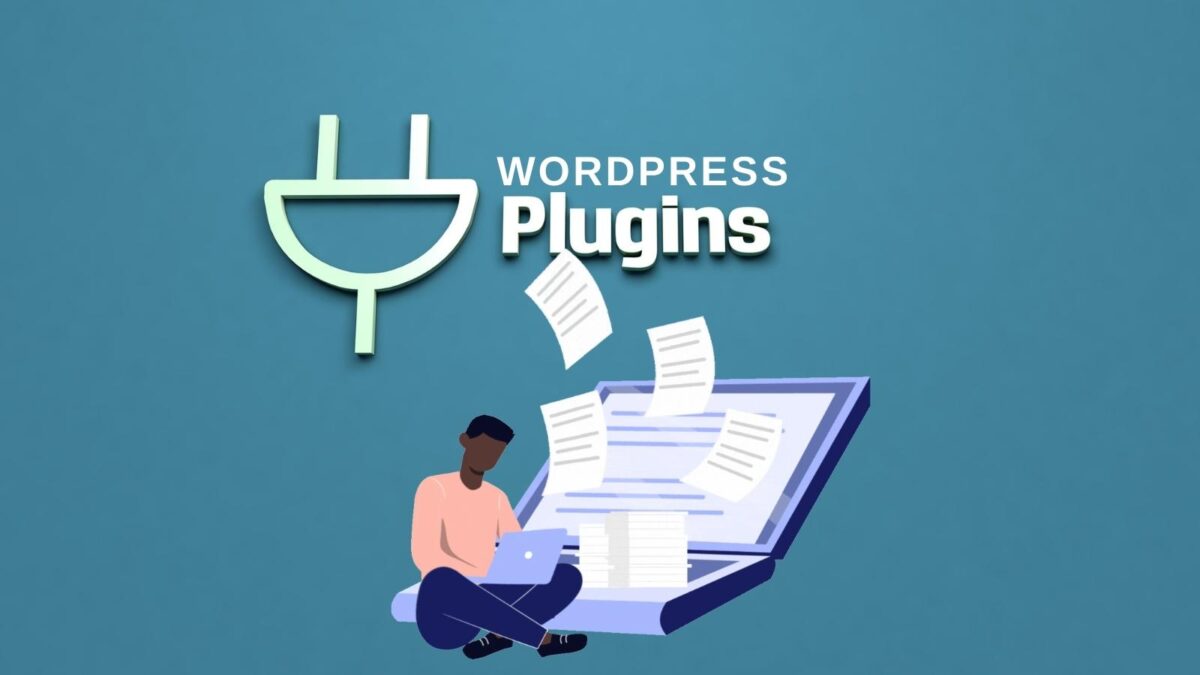Have you thought about how to revive your SEO strategy to thrive online?
Because you’ve made it on this post today, you may have just decided to redo or revise your website, its content, and the strategies you apply. It’s rightfully so since with the advancements in technology, it’s also expected that certain strategies are fast-changing.
You have to comply with these changes, or else your website may become irrelevant and suffer ranking-wise.
Fortunately, it’s not too late to create all the necessary changes to bring new life to your search engine optimization (SEO) strategies.

Table of Contents
Importance of SEO
It’s important to give attention to your SEO, meaning all the metrics and techniques you need to follow to rank well on search engines. As there are millions of sites on the web today, you should aim to be on the top results or landing pages to continue to drive more visitors to your site.
You could get started with new SEO strategies with the help of your own team or through the aid of expert agencies like Netlocal SEO and similar service providers.
Whichever the case is, you could take note of these five ways to revive your SEO strategies.
1. Publish Relevant Content to Revive Your SEO Strategy
First on this list is to publish relevant content. This means all your website content moving forward should be relevant in today’s time.
If not, you’re only hurting your SEO rankings and wasting your time. No one may ever want to go through irrelevant content because it won’t hold meaning or water in this day and age.
To keep your content relevant and engaging, take note of the following tips:
- Don’t overproduce content. It’s quality over quantity all the time.
- Do consistent audience research so you’re updated with what your audience is looking for in terms of the content they want to read through.
- Study your analytics so you now have data-driven decisions on which content ranked well with your website visitors and what didn’t.
Apart from coming up with new and relevant content, you can also repurpose old content from time to time. If your older posts are no longer significant or valuable today, you could always repurpose them by editing and reposting them.
As you do so, the goal now is to make them more relevant and up to date to revive your SEO strategy.
2. Know And Use The Right Keywords
Going alongside publishing relevant content at all times is the need to know and use the right keywords. Your content, no matter how well written, can’t be effective if it doesn’t have the right keywords.
Remember, these keywords are what the search engine crawlers go through as they skim across your content. It’s what they check to determine whether your website is the perfect fit for the search or query an internet user just made.
But knowing the right keywords is not that easy. Even for experts, using the right keywords on all their content doesn’t come naturally. To get this right, you have to do more research. Here are some tips to guide you in the right direction:
- Use keyword research tools to your advantage so you can speed up the process and also increase the likelihood of the best match and accuracy.
- Think like a customer so you can have insights on what words to use when you perform a search on all search engines.
- Analyze the results of all the keywords you used in the past so you could determine which of those keywords performed well and which didn’t.
3. Write Compelling Meta Descriptions And Title Tags
If you’ve been posting content without title tags and meta descriptions, it’s time to change your strategy and start posting compelling meta descriptions and title tags. These are also two of the most important elements you need to have on your website so you could rank better with search engines.
Here’s a brief discussion on both:
- Title tags: These refer to the clickable headlines that pop out on search results. They enable internet users to have a quick and brief insight on the content, helping them decide which website link to click on. Naturally, you’d want your title tag to be compelling and interesting enough so internet users would choose to click on your website link and not another site’s link.
When creating title tags, it may be useful to keep the following in mind:
- Be concise but also descriptive.
- Include target keywords in your title tags for better ranking and visibility.
Meta Description: This is a brief description or overview of a page or content, usually placed below the title tag. Think of your meta description as a sales pitch, which purpose is to convince internet users that your website or the particular page on your website provides exactly what they’re looking for.
When creating your meta descriptions, the following tips may come in handy:
- It should be the closest and most accurate summary of what your page is all about.
- It should be an action-oriented copy, which means after reading the meta description, the internet user would make no other choice but to open your website.
4. Use Image Alt Tags to Revive Your SEO Strategy Quickly
Along with the title tag and meta description, you can also revive your seo strategy for your website by having an image alt tag, short for alternative text descriptions.
An alt tag on images enables search engines to locate your page, which is very important, especially for internet users who are browsing and searching from text-only browsers.
You’re going to lose a substantial number of your target market without alt tags. Remember, it’s unsafe to assume that every internet user is browsing from a good connection.
You should make yourself available even for those browsing from text-only sources so you don’t lose potential web visitors.
That said, be guided by these metrics when coming up with image alt tags:
- Ensure your image alt tags are very accurate with their descriptions.
- Keep them brief and concise.
- Use keywords in your image alt tags but sparingly.
5. Internally Link To Revive Your SEO Strategy
Internal linking is key for your SEO strategy because it helps search engines understand your site’s structure and content. When you link relevant pages within your site, it makes it easier for visitors to find related information, keeping them engaged longer.
This boosts your page views and reduces bounce rates. Internal links also distribute page authority across your site, which can improve rankings for important content.
Plus, they help search engines crawl and index your pages more effectively, ensuring that your site appears in search results.
Conclusion: How to Revive Your SEO Strategy for Your Blog or Website
These tips, and many others, are ways for your business to rank well on search engines. As you continue onward to applying these tips for your business, you’d eventually come across new ways that could also help you improve.
The whole point is to ensure that whatever strategy you apply should always be best suited for your business to guarantee overall success. If not, you may just be wasting your time with strategies that hold no meaning at all.
Soon enough, as you give your website’s techniques its much-needed revival, you’ll finally realize you could also make it on top of search engine rankings.
What are you doing today to revive your SEO strategy for your blog or business website? I’d love to know more in the comments below.
4 Ways to Revive Your SEO Strategy Quickly and Thrive Online Share on X- How to Find Your Active X Twitter Followers Quickly & Easily - July 2, 2025
- Why Are Businesses Prioritizing PPC Agencies in 2025? - July 1, 2025
- How To Use Twitter Effectively To Make More Sales On X - June 28, 2025





Resisting any urge to overproducing thin content is huge. The moment I pumped the brakes and began updating all old posts to 1200 to 1500 plus words, and also SEO-optimized many of these posts, I began to rank on page 1 of Google easily for quite a few keywords. Google wants 1500 to 2000 word or longer thorough resources dripping with valued details, being in-depth in nature. All helpful tips here Lisa.
Ryan
Hi Ryan, Yes, updating that old content can really make a difference. I’m not a big believer in word count but a mix with some with a large count can help. You don’t want all thin content. As long as the content is useful and relevant, that’s what is important to readers. Thanks for coming by Ryan with your input! Enjoy the weekend!